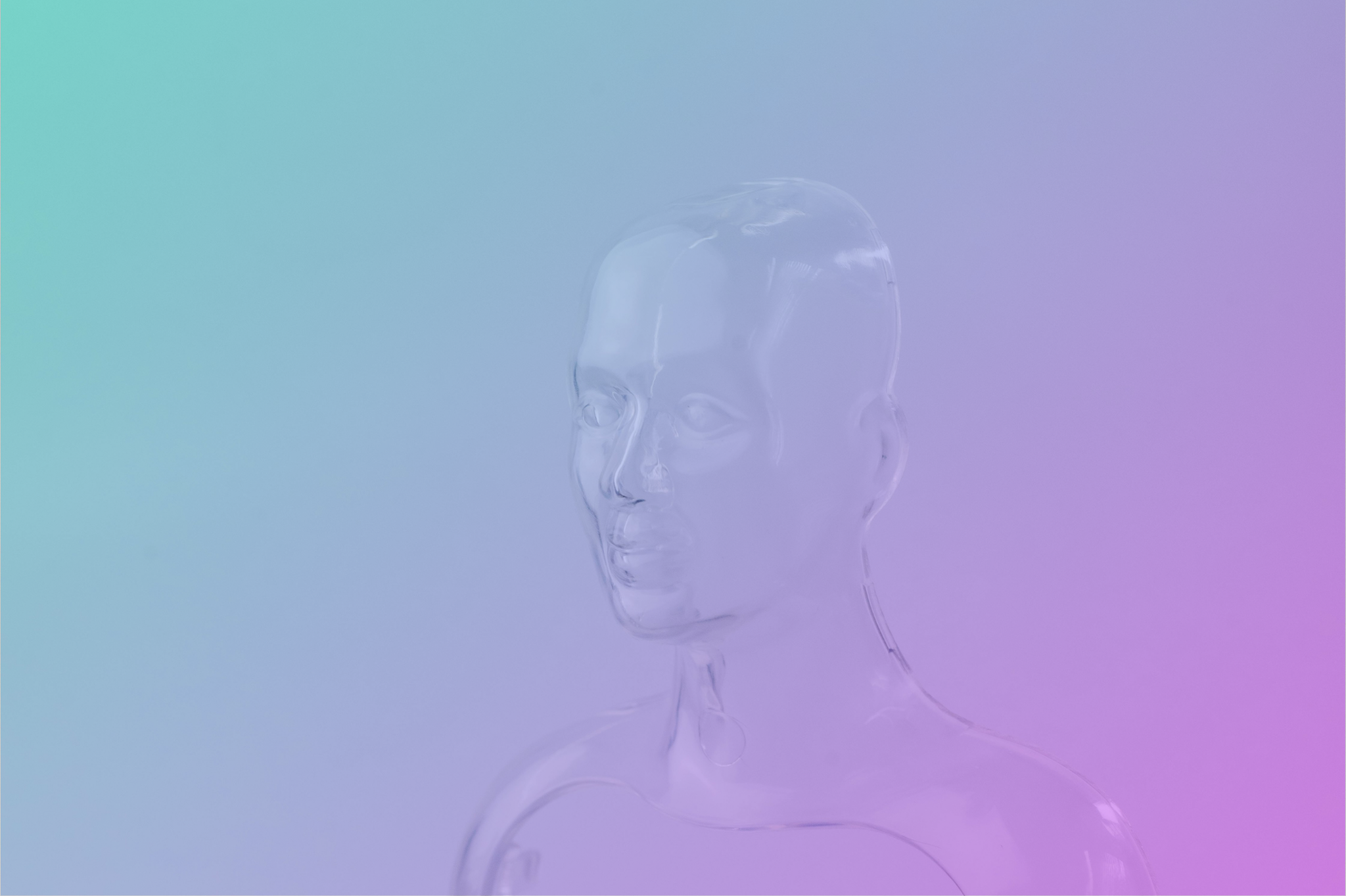The evolution of artificial intelligence: Thoughtfully navigating AI in a world of constant change
In recent years, a flood of bold claims about artificial intelligence (AI) have sparked trends and fuelled debates about whether AI might one day replace human workers. While this may be true for repetitive and high-risk tasks and in cases of labour shortage, we can also explore how AI can be used to benefit people.
The concept of Promethean shame (thank you to Professor Olivier Beauchet of AgeTeQ for introducing us to this term) may be helpful here. This concept describes how most people have a limited understanding of AI, even though it’s a product of human invention, and the resulting imbalance between people and machines. Rather than widening this gulf by pushing the adoption of technological advances at all costs, the ultimate goal is a harmonious and productive relationship between people and machines.

AI-human collaboration in medicine
This article is partly inspired by a presentation given at a workshop at MTL connect in October 2024, which coincided with the official launch of agileAI, a subsidiary of agileDSS Group. This presentation explored how AI can be put to work for humans in medicine and beyond. It also paved the way for a broader reflection on using AI in business, raising crucial questions on how to integrate these technologies effectively and ethically in a variety of professional environments.
Through our partnership with AgeTeQ laboratory, based in the geriatric research department at the Université de Montréal, agileAI Agency has explored this AI-human collaboration in medicine, specifically in the field of mental health. The aim is to put people at the centre of AI development, so that AI solutions can be better integrated, adapt to, and assist the humans they’re designed to help.
It’s a logical approach, but one that involves at least three paradigms:
- AI is a tool, not an end in itself.
- The self-improvement loop required to remain relevant is infinite.
- The capacity and speed of tool development far outstrip people’s capacity to integrate them.
These paradigms raise essential questions about how to ensure that AI is integrated effectively across a variety of fields ranging from healthcare and education to business.

The challenges of human-AI integration
AI’s vast computing power and accelerated development through cutting-edge tools, alongside the relentless drive for quick project delivery are all—perhaps surprisingly—working against an effective integration of AI into the human world. This results in tools that have low adoption rates, that improve little over time and soon become obsolete, and that erode trust in AI.
This reality invites us to reflect on the need to “slow down in order to speed up.” By putting humans at the centre of the development of AI solutions, we can ease adoption through a natural symbiosis and an improved understanding of AI—an approach that requires patience and adaptability.
In this context, we must strike a balance between technologically advanced solutions and user acceptance. This balance opens the door to an iterative approach.

Striking the right balance: An iterative approach
We are still discovering the possibilities and limitations of AI. One of the challenges is to balance solution quality and integration. A scalable solution that achieves its purpose and can be adopted iteratively is preferable to a perfect but poorly integrated solution or an imperfect but well-integrated solution.
Striking this balance will be a complex process, but an essential one. Multiple iterations are necessary to develop solutions that are constructive, designed for users’ needs, and genuinely adopted, even embraced, by them.
Common challenges in mental health and business
The challenges in mental health and business are similar: both fields require a structured approach to maximize the positive impact of AI.
- Think before you build. Define a coherent, consistent, and feasible perimeter.
- View people as an integral part of the solution.
- Plan for iterations, adaptation, and change management.
It’s worth exploring how these principles apply to AI business transformation.

AI in business: A transformational tool
In corporate environments, AI is often seen as a catalyst for change. The key to successful transformation lies in harmoniously integrating AI with human processes. This means:
- Appropriate employee training
- Identifying relevant use cases
- Proactive management of organizational change
Companies can unlock AI’s full potential to improve their efficiency and innovate sustainably only when they put the people within their business at the heart of their AI integration. Used in this way, AI is not merely a technology, but a real lever for transforming your company and rethinking your approach.
AI is an endless source of opportunity for those who know how to use it!
Wondering how AI could fit into your organization?
AI is here to stay, but some businesses and organizations will benefit from it more quickly and effectively than others. In many cases, success will be a matter of your approach and of effectively integrating people into the process. By considering solutions from the outset, involving end-users, and adapting to human needs, AI can genuinely empower the people using it. Feel free to contact us to discuss your goals, identify areas for improvement, and explore how AI could be tailored to support your reality. Our experts are here to guide you through the process.




